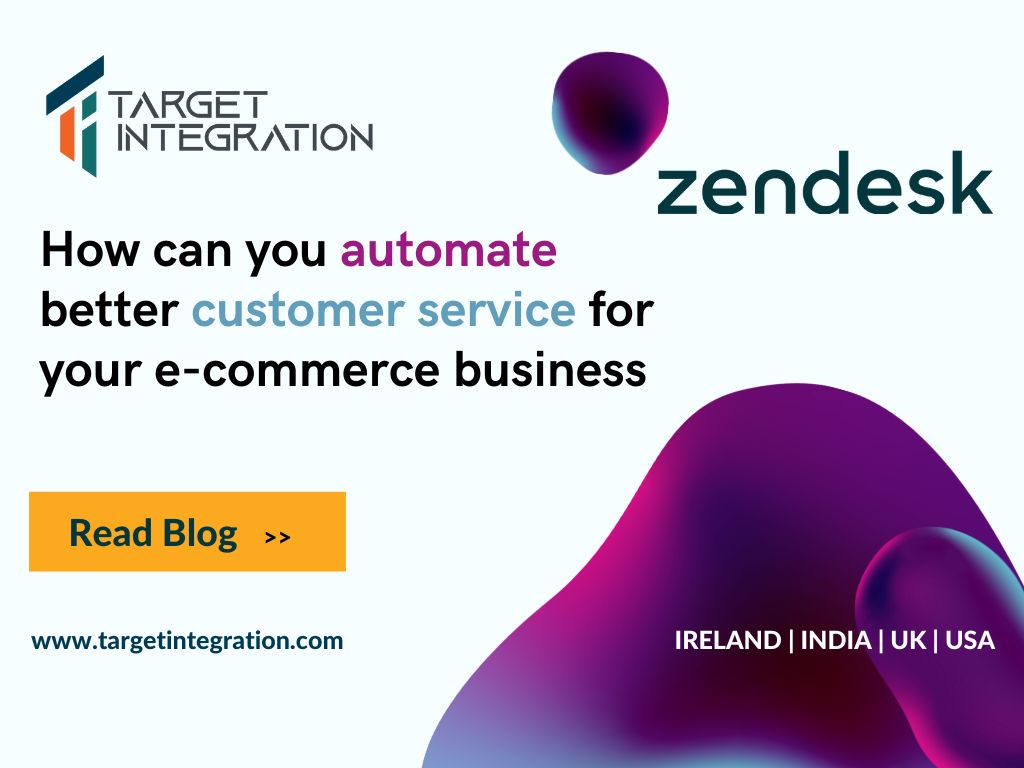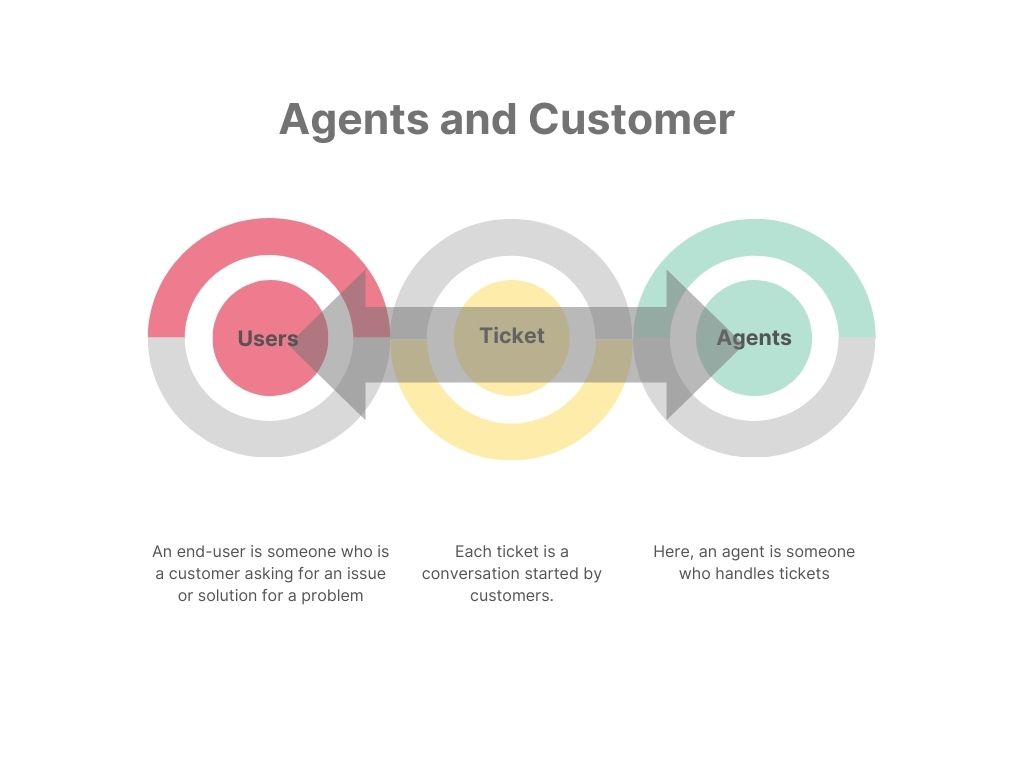The E-commerce business has flourished recently and with no doubt, it is going to grow in the coming years. With hands-on experience, more and more businesses are recognizing the importance of implementing better customer service processes and software. Zendesk gives us a hardcore customer service solution with time-tested features exclusively for businesses online.

How E-commerce is important for us in the present time
This is changing times, the world has been sitting inside, but getting connected too in better ways. Even though the supply chain is suffering from the pandemic, the field has revived with the help of modern automation solutions. Modern ERP software and its structure were able to contain most of such disruptions caused by the pandemic.
The potential of using web applications to sell items is increasing. Customer service management software is widely applied by businesses all the time. Zendesk offers a solution that makes the process of integrating them into the backend of e-commerce smoothly.
Customer service in e-commerce
When businesses move more towards e-commerce and all sellers make their virtual presence visible beyond selling, some businesses have an online presence to listen to the customers. Apart from such customer services, Zendesk has exclusive integrations regarding e-commerce.
In a world where commodities exchange and transactions take place without having real-world human interactions, customer service is challenging and therefore its management becomes tricky. In this, Zendesk offers a structured process to handle customers that is efficient and time-tested. Companies that use Zendesk are reported to have 98% customer satisfaction. Let’s see how Zendesk does this magic.
Zendesk and customer experience.
Zendesk conducts each year customer experience research and publishes them as a CX trends report. According to that report, 91% of customers are willing to interact with a bot on simple issues. Customers like to have self- services. But 86% cannot complete a purchase without support. Be it self-service or an automated interaction, Zendesk takes the stand to make things ready on the table for both customers and agents. And the companies using Zendesk, with no surprise, report 95% customer satisfaction.
Zendesk offers this structured process through a simple interface for tickets.
How Zendesk Serve Customers using ticketing system

Zendesk handles customer queries in the form of tickets. Each ticket is a conversation started by customers. It maintains a profile for each customer with all the history of the customer such as buying patterns, previous enquiries, searches for products on the site etc. If they came to the site looking for a solution to a particular problem, Zendesk also records this even before they initiate a chat on the website, which is integrated by Zendesk.
Therefore, each conversation is treated as a ticket, which is somewhat similar to an email. In the backend, Zendesk performs more like an email inbox.
Here, an agent is someone who handles tickets. An end-user is someone who is a customer asking for an issue or solution for a problem. An agent is the business person who is going to answer that. Agents can also be in groups- Managers that can approve tickets, technical groups that can help with technical answers etc.
These groups are helpful. According to their understanding, knowledge, and the type of support they can provide, they are easily categorized and called for after a particular problem.
In this way, entry-level agents can handle basic tickets. There might be managers who are above that need to approve tickets, there might be technical groups with technical answers, and there might be general customer service or really specific ones.
Organizations in Zendesk can group agents and end-users. If your company has very specific business units or sub-companies, you need to organize groups of agents and end-users together.
To know more about the workflow using Zendesk tickets, read the blog.
Using automations in Zendesk tickets
Zendesk by default tag tickets into question, incident, problem and task. Agents can also group tickets using simple automation. After grouping the assigned tickets, they can simply “play” to start working on each. This is a successful method as it creates a smooth workflow for the agents.
We can also use triggers to automatically reply to similar tickets.
First, identify customers’ commonly asked questions. Eg. Cancellation, return etc.
Now we can use Zendesk triggers to automatically add tags to each of these groups. Triggers are business rules that run right after a ticket is created/updated.
For eg. You can use triggers to notify customers when a ticket has been resolved.
You can see your list of triggers on a page where you see them as active, inactive, name and how many times it has been triggered for eg. in the Last 7 days.

Zendesk e-commerce Integrations
Zendesk offers flexible integrations with many third-party apps and plugins. Other than that, Zendesk is completely integrated with major e-commerce platforms like Shopify, PrestaShop, BigCommerce and WordPress.
Leading email marketing providers, customer reviews, and shipping services are extra integration that Zendesk has easily provided.
Zendesk Implementation & training
Target Integration believes in empowering businesses with powerful automation and digitalization using time-tested solutions like Zendesk. We have a decade of experience helping businesses with modern and powerful software solutions. We are technology agnostic; therefore, we look for the best available solutions out there which can serve your business optimally.
Target Integration is an established firm headquartered in Ireland. We have offices in the UK, India and the US. We are available with our highly connected expert network. We believe in training along with correct implementation. We target the success of each business – that means we not only implement an optimal solution but also provide necessary training and support.
Call our consultant right away, for further details.



